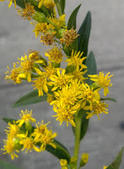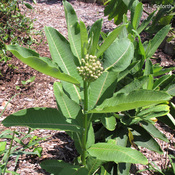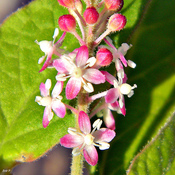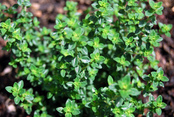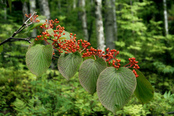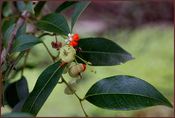Lucrative listings... Good to know...
Know what to plant for bees and how to care for it. Learn the function of bees and the challenges they (and we) face.
|
Bee-frienfly Pest Remedies
For your organic garden Biological introductions: Pests have predators, too. Some insects and animals such as ladybugs and anteaters will resolve the problem of pest influx. Consider plant re-arrangement: Be creative! Some plants (especially herbs) will ward off certain pests. Install Netting: Shield to yield! Protect plants from pest infestation by constructing a mesh covering or using a greenhouse. Use a mini vacuum: Suck 'um up! Use a handheld vacuum to carefully remove pests (ants, etc..) from garden plants. Diversify landscape: Avoiding the practice of monoculture provides a thriving habitat for pest-consuming creatures and is also good for the bees. Bees do not pollinate grass (neither does it yield crops). Replacing a portion of your lawn for agriculture can be good for both the bees and your budget. More options Bee-friendly Garden Plants
For your pesticide-free garden
Please see above document or photo list below!
* Also butterfly-friendly
|
Local Bee Publications
A Historical Look at Beekeeping in Bermuda
Founding of Bermuda Beekeepers Association
History of Pesticide Development
Pollination
Bees pollinate a variety of plants ranging from flowers to edible produce, some of which can be grown in your organic garden. Wildflowers and weeds are also an important food source for bees. Despite bees being made with specific properties for the job of pollination, they are not the only pollinators. Pollination can also be carried (though on a smaller scale) out by butterflies, and wasps, the Bermuda Hoverfly the wind, and most recently, humans. In some places such as certain areas of China, where bee populations have encountered extreme decimation, pollination is carried out by human workers. Bee Roles Queen bee One in each hive Lays roughly 1,200 eggs daily Reproduction is her sole role Drone bees Only male bees in hive Do not contribute to production Carry out the sole role of reproduction Are eradicated before winter hibernation. Worker bees Subordinate female bees in hive Tend to the needs of queen bee Pollinate plants and edible produce Collect plant nectar to make honey Clear the hive of foreign substances The Hive The design of the commercial artificial hive has not changed in over one century. Feral hives may appear in a variety of places, including trees, rock faces, building exteriors and interiors. The honeycomb structure within the hive is created by worker bees. This same structure is replicated in some construction projects, as the hexagonal honeycomb is among the strongest shapes. Bermuda's Bees According to the Conservation Department website, Bermuda has five different bee and wasp species. Our wasps also help in pollination, as well as our endemic Hooverfly. Learn about our native solitary bee below. Bee Products Honey Tastes great! Has medicinal properties Propolis Used in toothpastes Used to heal mouth ulcers Beeswax Used in the following recipes: Lip balm Hand butter Bee Challenges Predators and Pests Big Head Ant (Bermuda) Giant Toad (Bermuda) The Varroa Mite Deformed Wing Virus (USA) Colony Collapse Disorder (USA) Weather and Natural Disasters Hurricanes Emily and Fabian caused substantial damage to bee food sources, and, as a result, their population. A full recovery has not yet been made. Human Practices Pesticide spraying Pesticides are heavily applied to many commercial crops. Bees receive direct doses when they are present in fields where these chemicals are being sprayed. Despite differences between commercial and garden pesticides, both affect bees negatively. The following neonicotinoid derivatives found in gardening products and bug sprays are harmful to bees: Acetamiprid, Imidacloprid, Thiacloprid, Thiamethoxam. Repetative mobility stresses In North America, bees are transported to different areas to pollinate reliant crops such as almonds and peaches. These bees are subject to lengthy, unnatural confinement and must hold their bodily waste until they are freed from trailer chambers. Repercussions of Bee Decline Economic Losses Less honey production and a decline in pollination cause extreme losses for agriculture and the bee business worldwide. Effects of Pesticides Most pesticides are persistent, remaining present in the land where they are released, though they break down over time. Early commercial pesticides were derived from unused chemical warfare. When pesticides come in contact with other reactive substances, chemical cocktails may occur. The dangers of such an occurrence are often unstudied, as chemical combinations are infinite. Therefore, the toxic effects of chemical cocktails cannot be accurately measured. Related Documents
| ||||||||||||||||||||||||||||||||||||||||||

